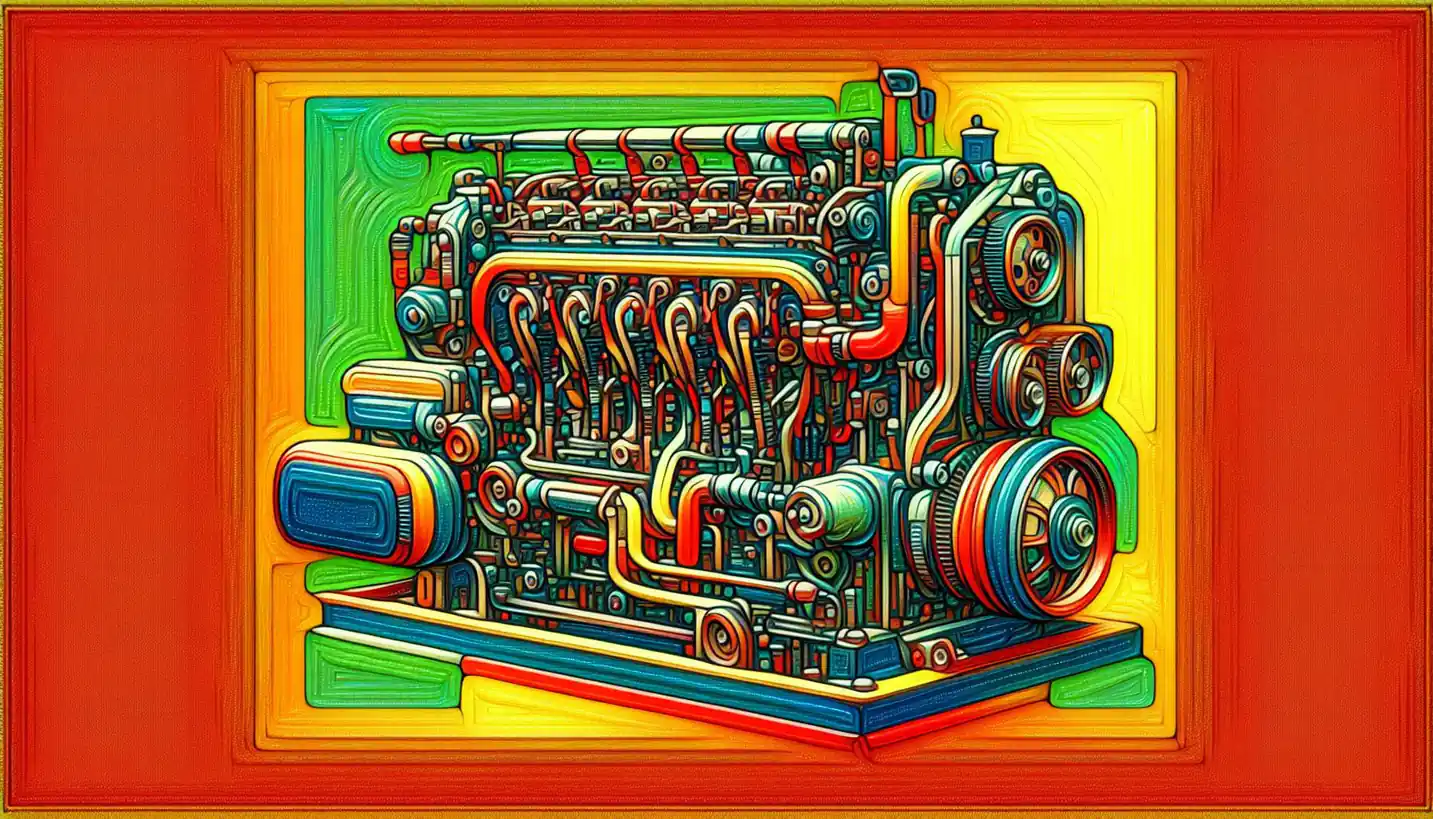· Engineering · 4 min read
Kinematics: The Movement Magic in Applied Engineering
Kinematics brings movement magic to life, crucial in applied engineering for studying motion.

When you see a robot arm gracefully picking up a cup, or a car smoothly cruising down the highway, you’re witnessing the wonders of kinematics in action. Kinematics is like the choreography of the engineering world; it’s all about understanding how things move but not worrying about what causes them to move. It’s a bit like caring about the dance steps without diving into the inner workings of the dancer’s mind.
Let’s unravel this fascinating concept, and see why it’s a cornerstone in applied engineering.
What is Kinematics?
Kinematics comes from the Greek word “kinema,” meaning movement. In simple terms, it’s the study of motion without considering the forces that cause such motion. Think of it like watching the world in motion but on mute—you’re looking at positions, velocities, and accelerations, but not the “whys” behind them.
Imagine you’re playing with a toy car. You push it, and it rolls across the floor. As you’re watching, you can describe how fast it’s going, how far it travels, and how quickly it stops. That’s kinematics! You’re focusing on the motion itself, not what’s making it move.
The Building Blocks of Kinematics
In applied engineering, kinematics involves a few key concepts:
Position: This is where an object is located. If you have a car on a track, its position tells you exactly where it is at any given moment.
Velocity: This is how fast something is going and in what direction. It’s the pace and path of the toy car as it zips across the floor.
Acceleration: This is about changes in velocity. If your toy car is speeding up or slowing down, that’s all about acceleration.
Real-Life Examples of Kinematics
Kinematics isn’t something you only find in textbooks. It’s all around us, helping engineers design everything from roller coasters to robotic vacuum cleaners.
Cars and Traffic Systems
When engineers design cars, they use kinematics to predict how a vehicle will move. They calculate how quickly it can accelerate, the sharpness of turns it can handle, and how effectively it can stop. This ensures safety and efficiency, making our daily commutes smoother.
Now, think about traffic lights. Engineers analyze how traffic moves—and often stops—using kinematic principles. This analysis helps in the design of smart traffic systems that can adapt to changing conditions, reducing congestion and travel time.
Robotics
Have you ever watched a robot arm assemble a product or a drone flying through an obstacle course? That’s pure kinematics at work. Engineers use kinematics to program the movement paths and speeds of robots. This allows machines to perform precise tasks, making manufacturing processes faster and more accurate.
Consider an industrial robot. Its kinematic study would involve planning its every move so it can pick up parts and assemble them with incredible precision.
Animation and Gaming
Ever wondered how characters in video games move so realistically? Kinematics is a secret ingredient. Game designers use it to create smooth and lifelike movements for characters, enhancing the player’s immersive experience.
Human Body Motion
Kinematics isn’t limited to machines and gadgets; it also helps in understanding human movement. Physical therapists use kinematics to study how the human body moves. This helps them develop therapies to improve mobility and rehabilitate injuries.
Why Kinematics Matters
Kinematics might seem detached from reality because it doesn’t consider forces, but it’s a crucial stepping stone. By analyzing movement in a vacuum (without forces), engineers can build a solid foundation to solve complex problems when forces come into play.
Imagine trying to solve a jigsaw puzzle without having a picture on the box. Kinematics gives us that picture, showing the movement’s framework so we can understand the complete dynamic story later by adding forces and interactions.
Future of Kinematics in Engineering
The future for kinematics is vibrant and thrilling. As technology advances, the precision and applications of kinematic principles are expanding. Autonomous vehicles, for instance, rely heavily on kinematics to navigate through environments safely. By factoring in velocity and position, these vehicles can adapt to real-world conditions dynamically.
Moreover, in the field of aerospace, kinematics ensures that satellites and space probes arrive precisely at their intended orbits and destinations. This precision is crucial when dealing with the vastness of space.
In biomechanics, engineers are developing wearable devices that analyze human motion in real-time, providing invaluable data for healthcare applications. These technologies aim to prevent injuries and enhance human capabilities.
Conclusion
Kinematics might appear as just a study of movement, stripped of the drama of forces, but it is indeed an invaluable player in engineering’s grand theatre. By understanding the movements and paths of objects, engineers can create innovations that dazzle and improve our daily lives.
Isn’t it fascinating how something as simple as movement can hold such vast importance? By mastering kinematics, we hold the key to understanding how everything from tiny gears to massive spacecraft dance in harmony. So next time you watch a machine or even a dancer, remember the quiet elegance of kinematics making it all possible.


